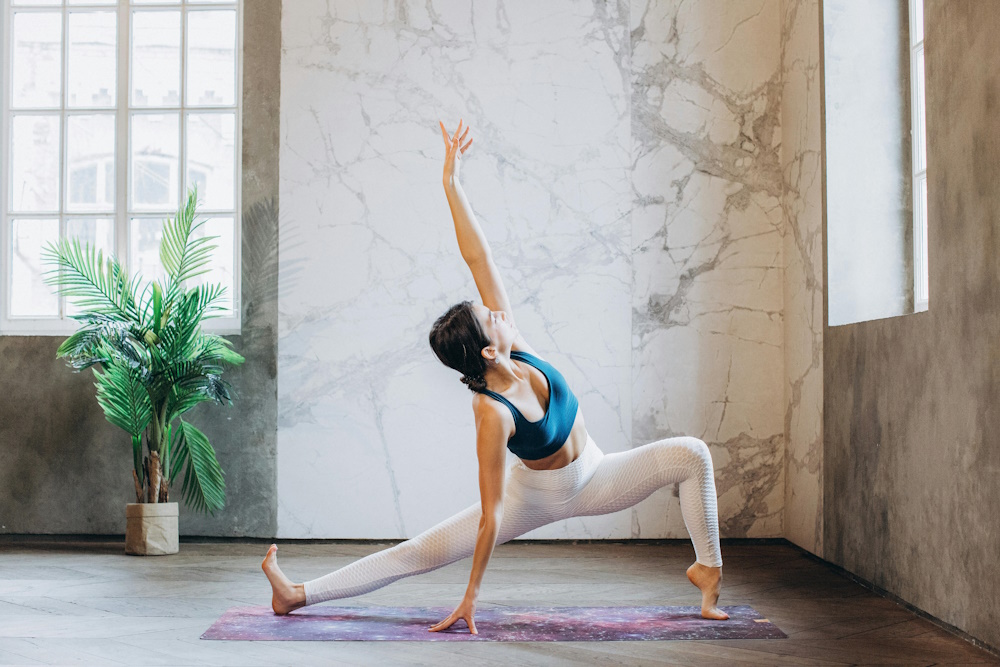Pilates, a fitness method known for enhancing core strength, flexibility, and overall well-being, has a vibrant community that frequently organizes events to promote the practice and foster a sense of togetherness. These Pilates community events provide participants with an opportunity to connect, learn, and deepen their practice. In this guide, we’ll explore the world of Pilates community events, addressing their role in promoting Pilates and wellness, the mental benefits associated with Pilates and yoga, the purpose of Pilates exercises, and the overarching aim of Pilates as a fitness discipline.
What is Pilates and Wellness?
Pilates is a holistic fitness method designed to improve physical and mental well-being. The practice incorporates a range of exercises that focus on core strength, flexibility, balance, and alignment. When we consider Pilates and wellness in the context of community events, it’s clear that these gatherings aim to promote both physical and mental health.
Pilates community events contribute to wellness in the following ways:
· Physical Fitness: These events encourage participants to engage in physical exercise, enhancing muscle tone, joint flexibility, and overall physical health.
· Mental Well-Being: Pilates emphasizes mindful movement and deep breathing, which can reduce stress, enhance mental clarity, and improve emotional well-being.
· Social Connection: Community events provide an opportunity for people to connect with others who share an interest in Pilates, fostering a sense of community and support.
· Learning and Growth: Workshops and seminars often held during these events can enhance participants’ knowledge of Pilates and its benefits, supporting their personal wellness journey.
What Are the Mental Benefits of Yoga and Pilates?
Pilates and yoga share many mental benefits due to their emphasis on mindfulness, controlled breathing, and the mind-body connection. Both practices can have a profound impact on mental health:
1. Stress Reduction: The deep breathing techniques used in Pilates and yoga can trigger the relaxation response, reducing stress and promoting a sense of calm.
2. Improved Concentration: The focus required during Pilates and yoga exercises can enhance cognitive function and concentration, making it easier to stay present and focused in daily life.
3. Emotional Well-Being: The release of endorphins during exercise contributes to improved mood and reduced symptoms of depression and anxiety.
4. Mind-Body Connection: Both practices encourage a strong connection between the mind and body, promoting self-awareness and emotional regulation.
5. Enhanced Sleep: Better stress management, relaxation, and improved physical health can lead to better sleep quality.
What is the Purpose of Pilates Exercises?
The purpose of Pilates exercises is multifaceted and includes a range of physical and mental objectives:
1. Core Strengthening: Pilates exercises are designed to engage and strengthen the core muscles, which include the muscles of the abdomen, lower back, and pelvis. A strong core is essential for stability, posture, and overall physical strength.
2. Flexibility: Pilates incorporates stretching exercises to enhance flexibility and joint mobility, reducing the risk of injury and promoting freedom of movement.
3. Posture Improvement: Pilates emphasizes proper body alignment and posture. Exercises target muscles that support the spine and can improve postural habits in daily life.
4. Mindful Movement: Pilates encourages mindfulness, with an emphasis on controlled, precise movements. This not only enhances the quality of the exercise but also carries over into daily activities.
5. Balanced Muscle Development: Pilates exercises work to balance muscle development throughout the body, preventing muscle imbalances that can lead to pain or injury.
What is the Aim of Pilates?
The overarching aim of Pilates is to promote physical and mental well-being through mindful movement and controlled exercises. Specifically, Pilates aims to achieve the following:
1. Improved Physical Fitness: Pilates seeks to enhance core strength, flexibility, and overall physical health, making it a valuable tool for achieving fitness goals.
2. Enhanced Mental Clarity: Mindful movement and controlled breathing promote mental clarity and emotional well-being.
3. Better Posture and Alignment: Pilates aims to improve body alignment, leading to better posture and reduced risk of musculoskeletal issues.
4. Strong Mind-Body Connection: The practice fosters a strong connection between the mind and body, promoting self-awareness and a deeper understanding of one’s physical and mental needs.
In summary, Pilates community events play a significant role in promoting wellness, both physical and mental, by offering a platform for individuals to engage in physical exercise, learn about the practice, and connect with like-minded individuals. Pilates and yoga share several mental benefits, including stress reduction, improved concentration, and emotional well-being. The purpose of Pilates exercises is to strengthen the core, improve flexibility, enhance posture, and promote mindful movement. The overarching aim of Pilates is to support physical and mental well-being by fostering a strong mind-body connection and promoting fitness and self-awareness.
